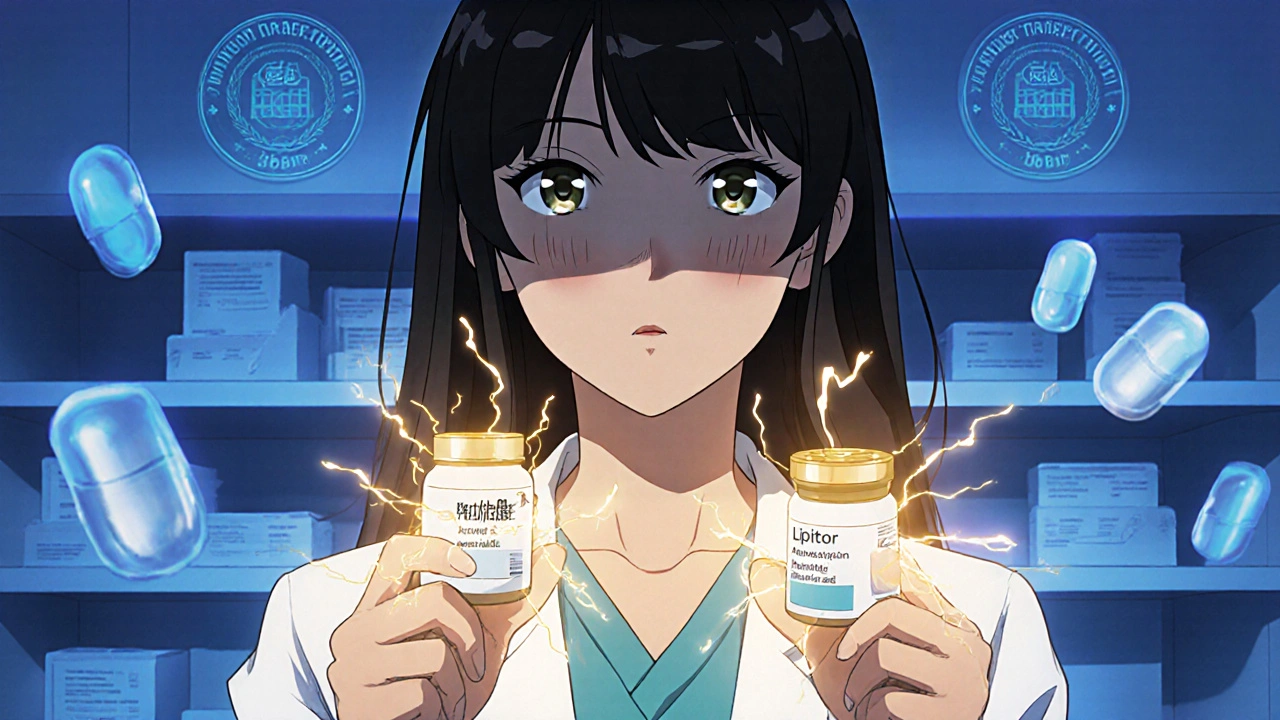Generic Drugs: What They Are, How They Save Money, and Where to Buy Safely
When you hear generic drugs, medications that contain the same active ingredients as brand-name pills but are sold without a brand label. Also known as generic medication, they work just like the originals—same dosage, same side effects, same results—but often cost 80% less. This isn’t marketing. It’s science. The FDA requires them to meet the same strict standards for safety and effectiveness as brand-name drugs. Yet, many people still hesitate to use them, fearing they’re inferior. That’s a myth. A 2020 study by the Government Accountability Office found that generic drugs are just as effective as brand names in treating conditions like high blood pressure, diabetes, and depression.
What makes a drug "generic" isn’t the quality—it’s the timing. Once a brand-name drug’s patent expires, other companies can legally produce the same formula. But here’s the catch: not all generic manufacturers follow the rules. Some cut corners, skip testing, or use poor-quality ingredients. That’s why you need to know where to buy. FDA approval, the official process that verifies a generic drug meets U.S. safety and potency standards is your first line of defense. Look for the FDA’s approval number on the packaging. If it’s not there, walk away. And don’t confuse biosimilars, complex, biologically derived drugs that mimic brand-name biologics like those used for rheumatoid arthritis or cancer with regular generics. They’re not interchangeable. Biosimilars require extra testing because they’re made from living cells, not chemicals.
People buy generic drugs for one reason: money. A 30-day supply of brand-name Lipitor might cost $300. The generic version? $10. That’s not a savings—it’s a lifeline for millions. But cheap doesn’t always mean safe. Online pharmacies selling "generic" Viagra or bupropion for $1 a pill? Almost always fake. The FDA warns that 50% of drugs bought from unverified websites contain dangerous ingredients or no active drug at all. If you’re looking to save, stick to licensed U.S. pharmacies or those verified by the National Association of Boards of Pharmacy. Don’t risk your health for a discount.
Insurance companies push generics for a reason: they cut costs. But not all plans treat them the same. Some require prior authorization, others put them on higher tiers. If your plan refuses to cover a generic, ask why. Often, it’s not about safety—it’s about pharmacy contracts. You have the right to appeal. And if you’re on a chronic medication, switching to a generic can save you thousands a year. Just make sure your doctor approves the change. Some conditions, like epilepsy or thyroid disease, need extra care when switching.
Generic drugs aren’t just about price. They’re about access. They let people with diabetes take their insulin. They let seniors afford their blood pressure pills. They let parents give their kids antibiotics without choosing between medicine and groceries. The system isn’t perfect—backlogs happen, approvals lag, and bad actors slip through. But when you know how to spot the real ones, you’re not just saving money. You’re taking control of your health.
Below, you’ll find real stories, practical guides, and hard truths about generic drugs—from how the FDA approves them, to how to avoid fake pills online, to why some insurance plans fight to keep you on the brand name. Whether you’re switching your medication, trying to cut costs, or just want to understand what’s in your pill bottle, these posts have you covered.
Generic vs Brand Name Drugs: What the Label Really Tells You and Why They Work the Same
Generic drugs are just as safe and effective as brand-name drugs, but cost up to 85% less. Learn what the FDA requires for therapeutic equivalence, why labels and pills look different, and when to be cautious.
How to Save Money with Generics Without Sacrificing Safety
Learn how to save hundreds on prescriptions by switching to generic drugs without risking your health. Real facts, real savings, and how to avoid common pitfalls.


